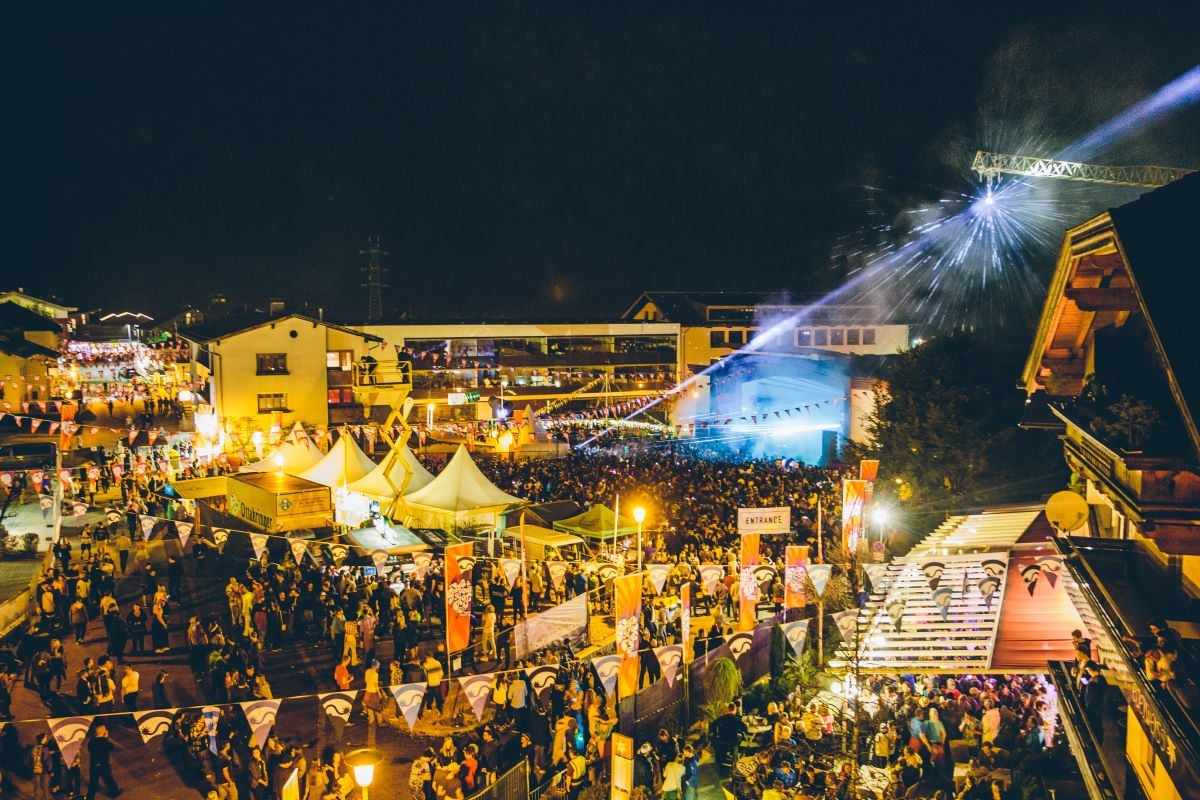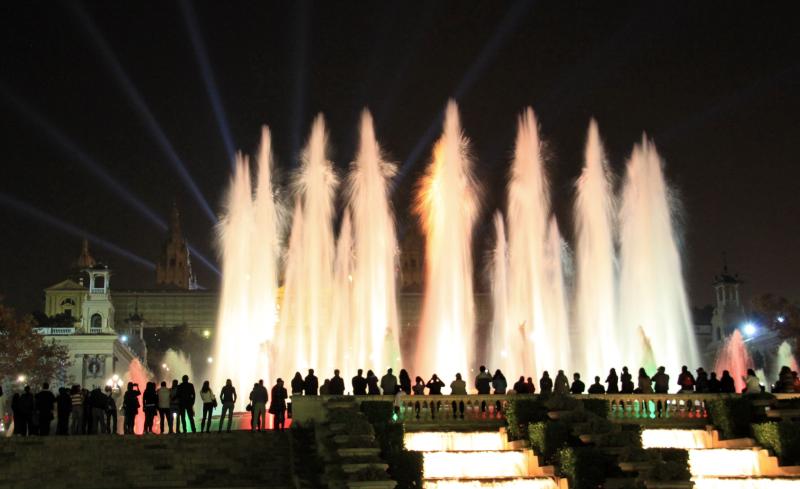
Cultural rights are the cornerstone of equitable arts access
When did the idea of cultural rights emerge? And how is it being put into practice? Nicholas Burman has been researching various schemes across Europe.
From studies detailing the decline in the number of people from working class backgrounds in the arts, to reports highlighting the inequitable and uneven nature of arts education in the English school system, access and representation are live debates in our sector. They are popular in part because people sense they have the right to engage with the arts: they have cultural rights.
As a concept, cultural rights underpins a lot of activism and policy regarding equitable arts sector development. The term first came to prominence in 1976 with the publication of the International Covenant on Economic, Social and Cultural Rights. Later, UNESCO’s Convention for the Protection and Promotion of the Diversity of Cultural Expressions (2005) reinforced the precedent set by the Covenant.
The 2005 Convention states: “The right to take part in cultural life guarantees the right of everyone to access, participate in and enjoy culture, cultural heritage and cultural expressions. A human-centred approach to development based on mutual respect and open dialogue among cultures is key to safeguarding heritage, strengthening creative industries, and encouraging cultural pluralism.”
While this embraces a universal vision, in practice the application of cultural rights varies depending on the political and socio-economic context. In Europe, cultural rights are often framed similarly to consumer rights, while in Global South countries, especially those dealing with the ongoing impacts of colonialism, cultural rights are more often tied to issues of conserving indigenous heritage, for example.
Cultural injustices
A community’s demand for cultural rights can create opposition, as seen in ongoing campaigns for Global North institutions to return looted Benin Bronzes to Nigeria. When asked about the Bronzes in 2021, the UK’s Cultural Secretary at the time argued they shouldn’t be returned because having them in the British Museum “allows people to see them”.
The right of people to see artefacts doesn’t trump the right of a nation to reclaim its cultural heritage. As to cultural rights in the UK, and the Global North more broadly, the concept is put to better use in the context of the arts sector being more representative and inclusive of the society it purports to reflect.
According to the UK government’s Taking Part survey, there are three main groups: those who engage with the arts regularly, a small proportion with passive engagement, and a significant number who never engage with the arts at all. Of those who never engage, 31% say it is due to lack of time and 21% to having a health problem or disability. Total disengagement from the arts and its benefits could be tackled by addressing economic and infrastructural barriers to access.
 People gather to watch the magic fountain of Montjuic in Barcelona, a city whose government has introduced a cultural rights plan. Photo: Forumuser
People gather to watch the magic fountain of Montjuic in Barcelona, a city whose government has introduced a cultural rights plan. Photo: Forumuser
Cultural rights in practice
France and Berlin provide two examples of governments doing just that. France’s Cultural Pass was proposed in 2017 while Berlin’s Jugendkulturkarte (Youth Culture Card) is in direct response to the impact of Covid. Both tackle the challenges facing the cultural sector and young people's access to cultural activity. In both cases, young people are given government-funded vouchers which can be spent at participating cultural institutions or on relevant activities.
Anecdotally, it appears in France much of it has been spent on mass market cultural products rather than in taking part. These support programmes have merit but their impact on regional economies may be limited. An alternative is Barcelona’s Cultural Rights Plan, which treats culture as a societal resource to be cultivated rather than a form of consumption in need of subsidy.
Barcelona’s City Council explains: “The links between culture and education, culture and technology, culture and innovation, and culture and science are new strategic fields to be promoted.” Among post-lockdown measures undertaken “to enhance the city’s democratic life” are expanding activities in public spaces and access to tools and workspaces, alongside supporting the city's museum and heritage facilities. Many neighbourhood civic centres – often venues for free-to-access arts programmes – have been renovated recently under this scheme.
Cultural rights for equitable cultural development
Barcelona’s programme is designed to create equitable access to the arts while also focusing on regional and neighbourhood development. It includes a responsibility to tackle the exclusion of minorities and the persistence of gender inequality which typifies the cultural sector, explicitly referencing feminist culture.
In the UK, All In a recent initiative funded by Arts Councils and the BFI, is aimed at improving accessibility to cultural events and spaces for people with special access requirements. And campaigning groups such as the Music Venue Trust highlight the lack of economic sustainability of small venues – the spaces which have typically played a major role in access both to performing and watching music. The Trust’s Own Our Venues programme is an alternative ownership model designed to secure the economic sustainability of community-rooted music venues.
There is no one-size-fits-all approach to cultural rights, and securing them requires collaboration between government and practitioners, and long-term, strategic thinking. Rather than an end point, securing cultural rights should be seen as a horizon, the road to which requires the development of a more equitable and accessible cultural and arts economy.
Nicholas Burman is a creative economy researcher.
![]() nicholascburman.com/
nicholascburman.com/

Join the Discussion
You must be logged in to post a comment.